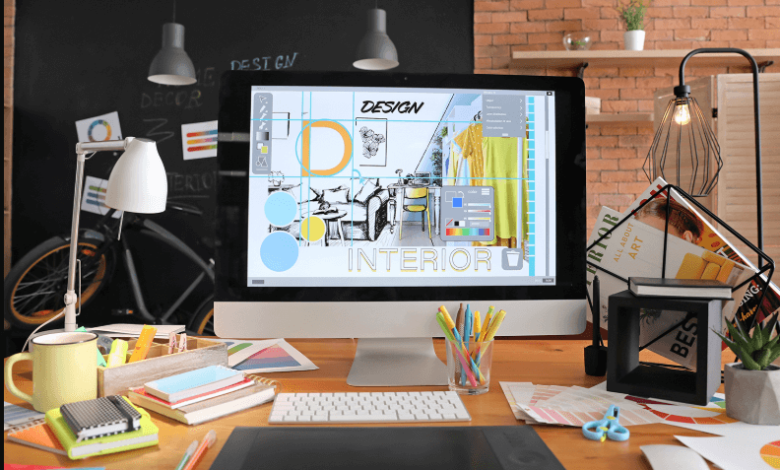Combining Fonts in Logos: Do’s and Don’ts

logo fonts design conveys brand personality, establishes hierarchy, and helps differentiate a business from its competitors. While using a single font can create a clean and cohesive look, combining fonts in a logo can add depth, creativity, and emphasis, when done correctly. Poor font pairing, on the other hand, can result in confusion and a lack of professionalism. Below, we outline the key do’s and don’ts of combining fonts in logos to ensure effective and visually appealing design.
Do’s of Combining Fonts in Logos
Here is what you should do while combining logo fonts:
Do Establish Visual Hierarchy
The primary reason for combining fonts is to create a clear visual hierarchy. A strong hierarchy guides the viewer’s eye and helps communicate the brand message quickly. For example, using a bold serif font for the main brand name and a lighter sans-serif font for a tagline can help establish a natural flow and structure.
Do Pair Contrasting Fonts Thoughtfully
Contrast is essential when mixing fonts, but it must be deliberate. Choose fonts that differ in style, weight, or size to create contrast while maintaining harmony. For instance, pairing a decorative script font with a clean sans-serif font can create an engaging juxtaposition if they complement each other in mood and tone.
Do Limit the Number of Fonts
Too many fonts can make a logo feel cluttered and disjointed. A good rule of thumb is to use no more than two typefaces. If more variation is needed, consider using different weights or styles (e.g., italic or bold) of the same font family to maintain visual interest without introducing inconsistency.
Do Test for Scalability and Readability
Logos must function at various sizes, from business cards to billboards. Make sure that your font combinations remain legible and visually balanced when scaled up or down. Avoid overly intricate or thin fonts that may lose clarity at smaller sizes.
Do Reflect the Brand’s Personality
The fonts you choose should align with the brand’s identity. For example, a tech startup might opt for sleek, modern typefaces, while a vintage clothing store may choose a combination of retro-inspired fonts. Each typeface should reinforce the overall tone and message of the brand.
See also: How Technology is Transforming Logistics in Hong Kong
Don’ts of Combining Fonts in Logos
Here is what you should not combine in logos
Don’t Combine Fonts That Are Too Similar
Fonts that are too alike can create confusion and appear as a design oversight. If two fonts look almost the same, they won’t offer a meaningful contrast, making the design feel unintentional and possibly amateurish. Avoid pairing fonts that share similar weights, proportions, and characteristics.
Don’t Mix Too Many Styles
Mixing serif, sans-serif, script, and decorative fonts all in one logo usually results in a chaotic and unprofessional appearance. Stick to two styles and make sure they complement rather than compete with each other. Each font should have a clear purpose in the design.
Don’t Sacrifice Legibility for Style
While it’s tempting to use trendy or highly stylized fonts to stand out, readability should never be compromised. The name of the brand must be easily recognizable at a glance. Avoid overly ornate or novelty fonts unless they serve a very specific purpose and are used sparingly.
Don’t Ignore Spacing and Alignment
Even well-paired fonts can look disjointed if the spacing (kerning) and alignment are off. Pay close attention to the visual balance between elements. Consistent spacing and alignment create cohesion and make the logo look professionally designed.
Don’t Forget About Licensing
Many designers overlook font licensing. Ensure the fonts used in your logo are properly licensed for commercial use. Using unlicensed fonts can lead to legal complications and damage the credibility of the brand.
Conclusion
Combining fonts in logo fonts design is a powerful tool that can elevate brand identity when executed with care. By adhering to key principles, such as limiting font use, maintaining hierarchy, ensuring legibility, and aligning with brand personality, designers can create logos that are both aesthetically pleasing and functional. Avoid common pitfalls, and always keep the end user in mind to create a lasting, professional impression.





